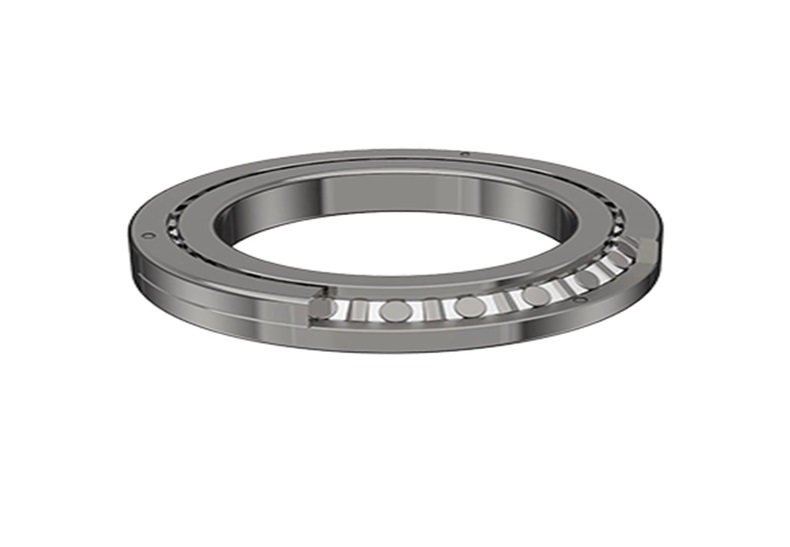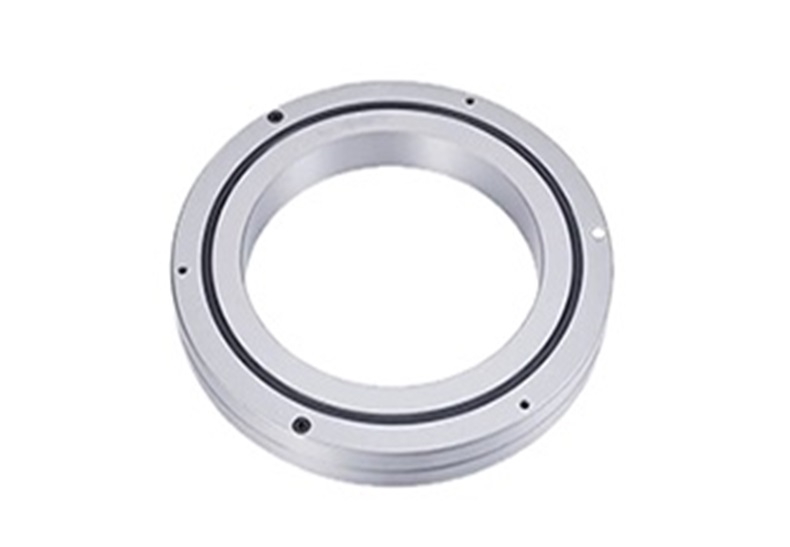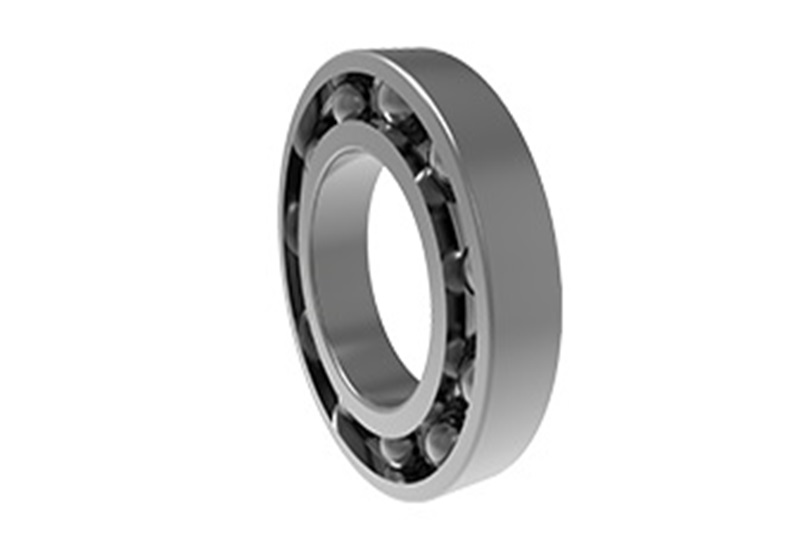How Is the Sealing Performance of Thin Section Bearings? How to Prevent Contaminant Ingress?
Thin Section Bearings play an important role in various precision machinery due to their lightweight and compact structure. However, in these applications, the sealing performance of the bearings is one of the key factors to ensure their long-term stable operation. Thin Section Bearings' sealing performance directly affects their ability to resist contamination, thereby influencing the bearing's lifespan and maintenance costs. This article will explore the sealing performance of Thin Section Bearings and provide effective strategies to prevent the intrusion of contaminants.
Sealing Performance of Thin Section Bearings
Importance of Sealing in Thin Section Bearings
Sealing is an important aspect in the design of Thin Section Bearings, which can protect the bearings from dust, moisture, and other contaminants that may cause premature wear or damage.
Overview of Sealing Technologies for Thin Section Bearings
Thin Section Bearings typically employ various sealing technologies, including contact seals, non-contact seals, and combination seals, each having specific advantages and application scenarios.
Application of Contact Seals
Contact seals prevent the entry of contaminants through physical contact. They are simple and low-cost but may generate additional friction and heat in high-speed applications.
Advantages of Non-Contact Seals
Non-contact seals allow a certain gap between the inside and outside of the bearing, reducing friction and heat, which makes them suitable for high-speed and high-temperature applications.
Design Concept of Combination Seals
Combination seals incorporate the advantages of both contact and non-contact seals, providing higher contaminant protection while maintaining low friction.
Selection of Sealing Materials
The choice of sealing materials is crucial for the sealing performance of Thin Section Bearings. Considerations include the wear resistance, temperature resistance, and chemical stability of the materials.
Installation and Maintenance of Bearings
Proper installation and regular maintenance are vital for maintaining the sealing performance of Thin Section Bearings. This includes ensuring the correct installation of seals and regularly checking their condition.
Maintenance of Sealing Performance in Thin Section Bearings
Impact of Environmental Factors on Sealing Performance
Environmental factors, such as temperature, humidity, and chemical exposure, affect the sealing performance of Thin Section Bearings. These factors need to be considered in the design to ensure the effectiveness of the sealing system.
Testing and Verification of Sealing Performance
Various testing methods, such as dust-proof tests and waterproof tests, can verify whether the sealing performance of Thin Section Bearings meets specific application requirements.
Causes of Sealing Failure and Preventive Measures
Understanding the common causes of sealing failure, such as wear, aging, and improper installation, helps in taking preventive measures to extend the bearing's service life.
Thin Section Bearings' sealing performance is key to their reliability and durability. By choosing the appropriate sealing technology, materials, and design, and following the correct installation and maintenance practices, the sealing performance of Thin Section Bearings can be significantly improved, preventing contaminants from entering, thereby extending the bearing's service life and reducing maintenance costs.














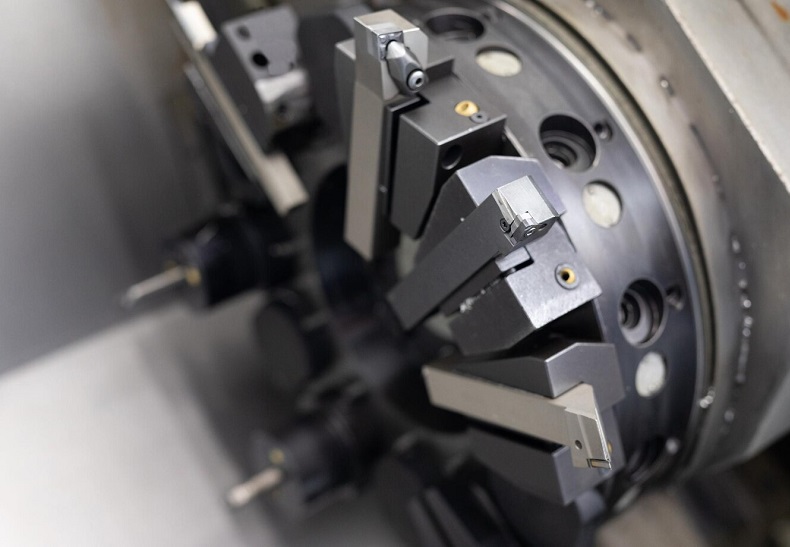
 English
English  français
français  Deutsch
Deutsch  italiano
italiano 


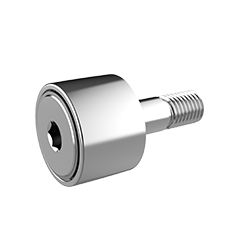
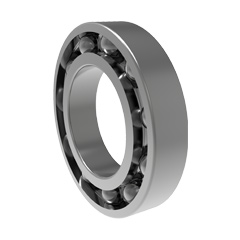
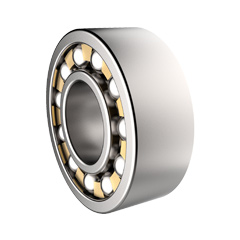
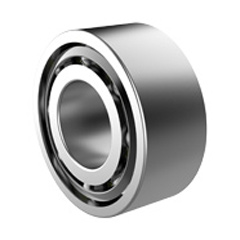
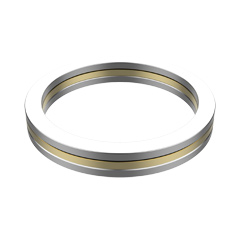
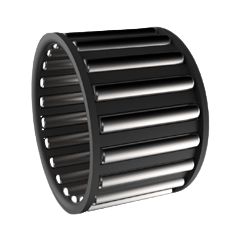

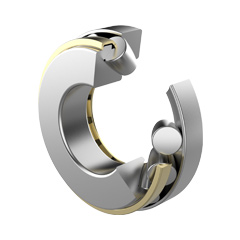
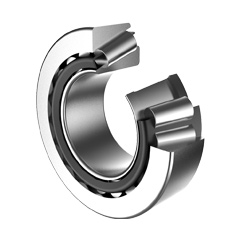
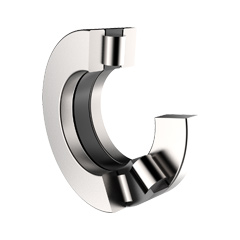
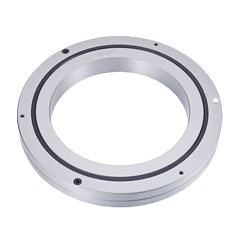
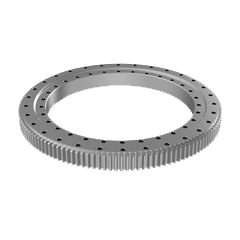
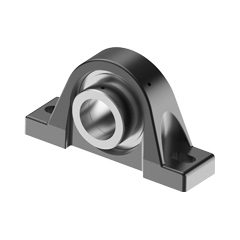
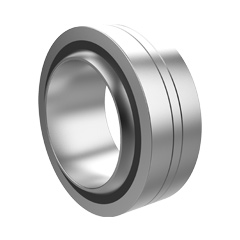

 English
English  français
français  Deutsch
Deutsch  italiano
italiano 

